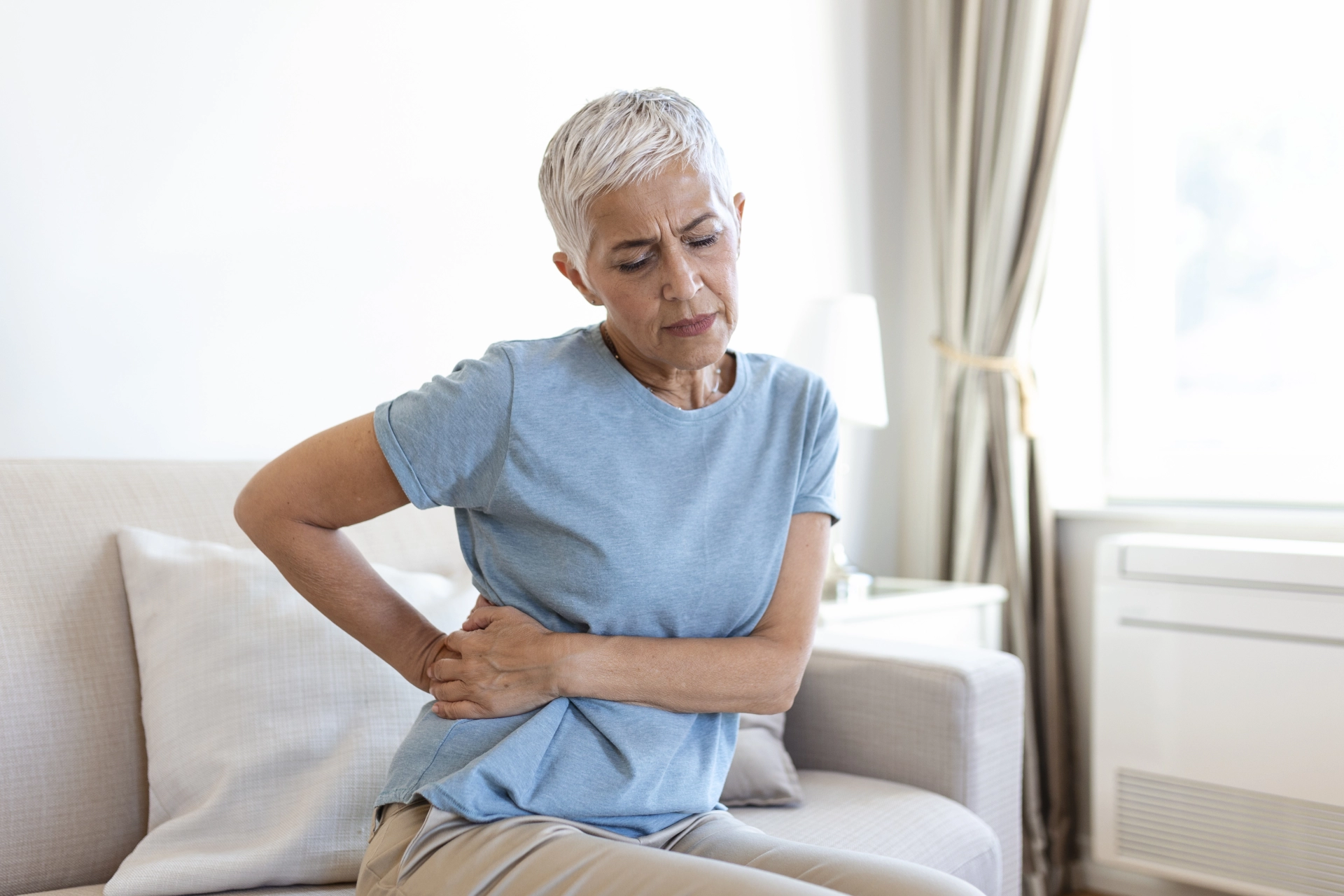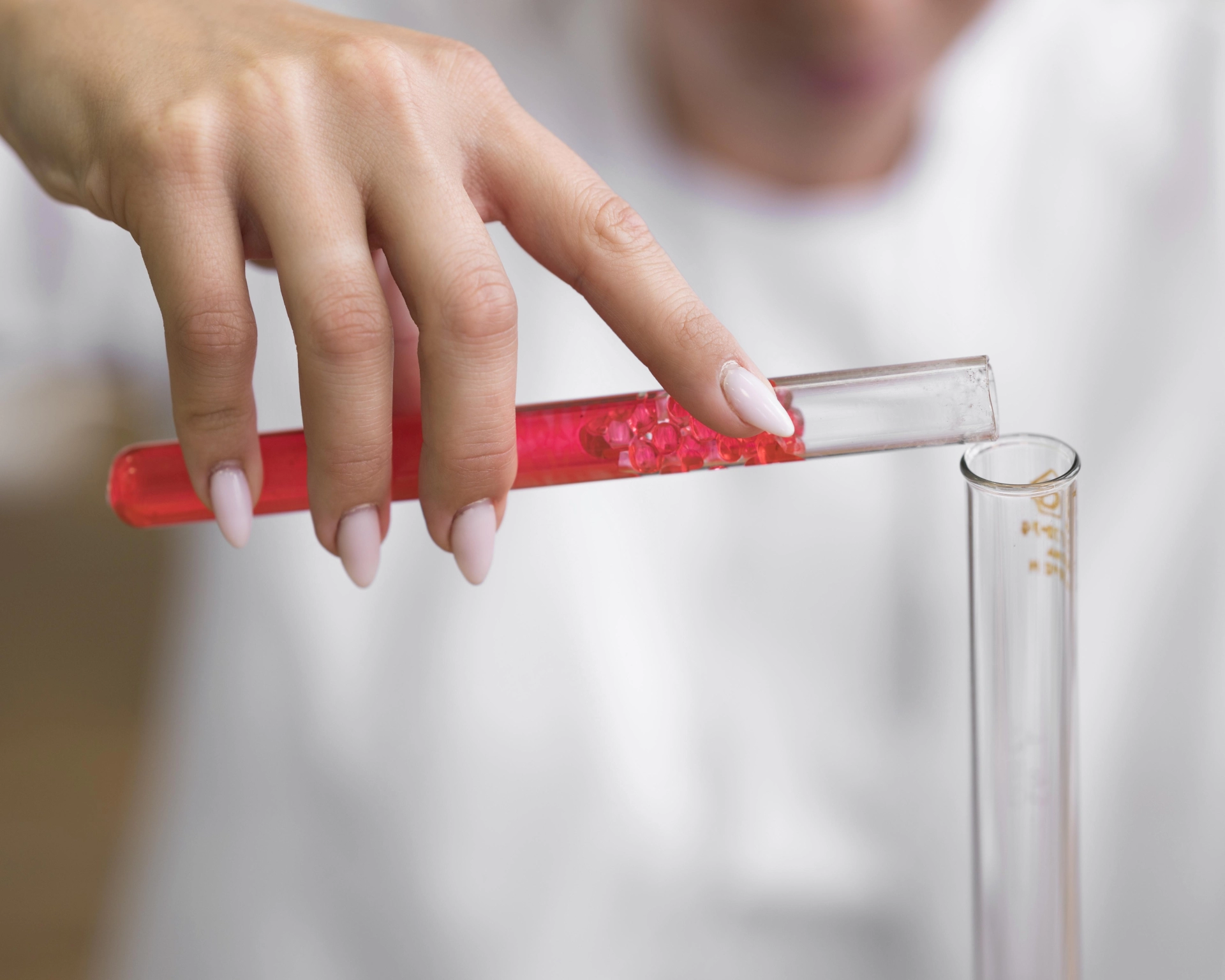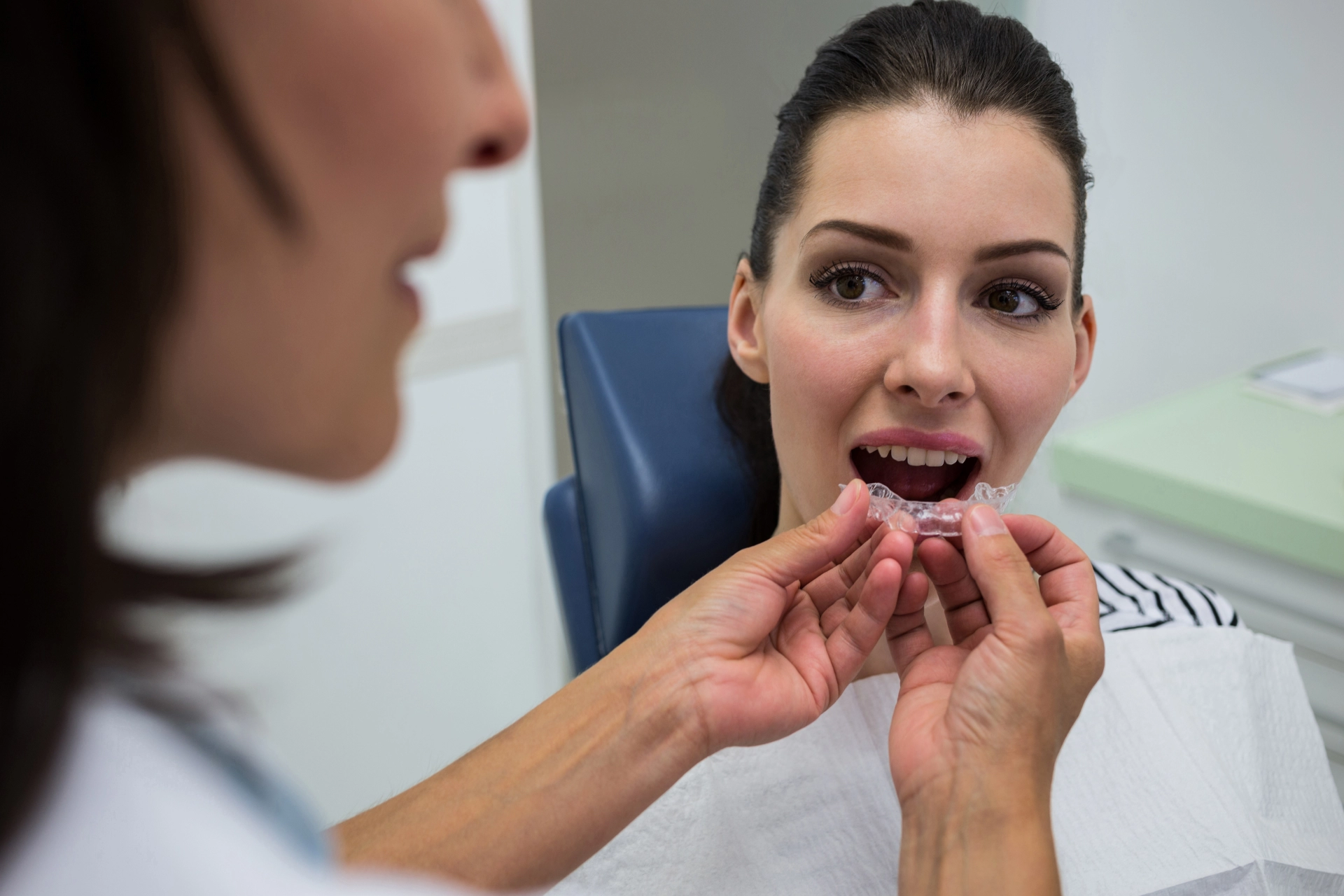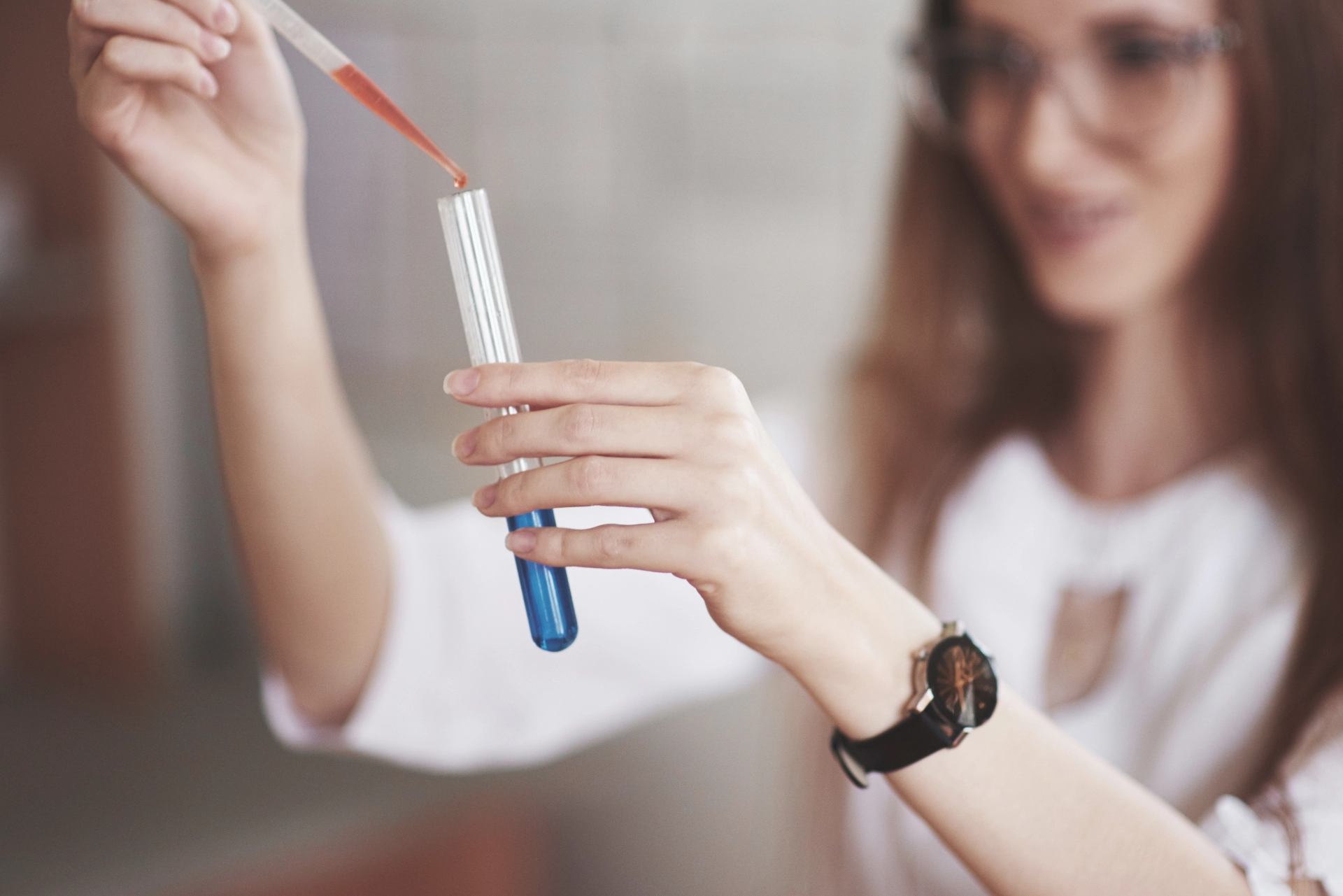What is kidney stone disease?
25 December 2025
Kidney stone disease, also known as renal calculi or nephrolithiasis, is a condition in which hard mineral deposits form inside the kidneys. These stones develop when urine becomes too concentrated, allowing minerals and salts to crystallize and stick together. Kidney stones can affect anyone at any age, but they occur more often in men, with the highest incidence between the ages of 30 and 40. While some kidney stones remain small and pass without causing problems, others can grow, recur, or move into the urinary tract, leading to severe pain and complications. If left untreated, kidney stones may result in kidney infections, damage to the ureters, sepsis, or long-term loss of kidney function, including chronic kidney disease. Recognizing the condition early is key to preventing serious outcomes.Kidney stones vary in size—from tiny, sand-like grains to much larger stones—and they may form anywhere along the urinary tract, from the kidneys to the bladder. Even after successful treatment, stones can return, making prevention and follow-up especially important.
Why do kidney stones form?
Several factors increase the likelihood of developing kidney stones. These factors often affect how much calcium, oxalate, uric acid, or water is present in the urine:
• Diet and hydration habits: Not drinking enough water, eating excessive salt, sugar, animal protein, or oxalate-rich foods (such as spinach, nuts, and chocolate) can promote stone formation.
• Medical conditions and body chemistry: Obesity, gout, overactive parathyroid glands, digestive disorders (like inflammatory bowel disease or chronic diarrhea), and high calcium or uric acid levels in the blood raise the risk.
• Medications and supplements: High-dose vitamin C, calcium supplements, and certain medications may contribute to stone development.
Warning signs and symptoms
Kidney stones may not cause symptoms until they move within the kidney or become lodged in the ureter, blocking urine flow. When symptoms do appear, they can be sudden and intense:
• Severe, sharp pain in the side, back, or lower abdomen that may come in waves
• Pain during urination, frequent urination, or difficulty passing urine
• Cloudy, pink, red, or brown urine, sometimes with sand-like particles
• Nausea, vomiting, fever, or chills if an infection is present
Some people, however, may have kidney stones without any noticeable symptoms.
Diagnosis and treatment
If kidney stones are suspected, healthcare providers use urine and blood tests along with imaging studies—such as ultrasound, X-rays, or CT scans—to confirm the diagnosis and determine stone size and location.
Treatment depends on the type and size of the stone and the severity of symptoms. Small stones often pass on their own with increased fluid intake and, in some cases, medications to relax the ureter and ease pain. Larger or problematic stones may require specialized procedures, such as shock wave therapy to break them apart, endoscopic removal with a ureteroscope, or surgical techniques for very large stones.
Prevention and outlook
Most people with kidney stones recover fully, but recurrence is common. Preventive strategies focus on long-term lifestyle and dietary adjustments, including staying well hydrated, maintaining a balanced diet, limiting salt and animal protein, and following medical advice tailored to the type of stone formed.
With early diagnosis, appropriate treatment, and preventive care, kidney stone disease can be effectively managed, helping protect kidney health and quality of life.






